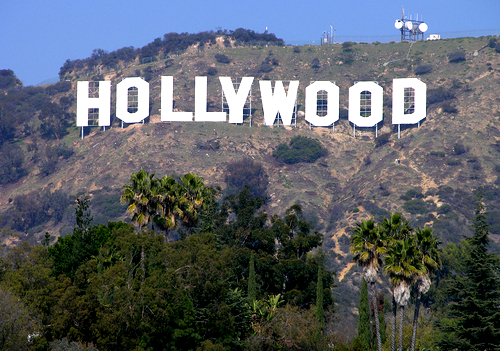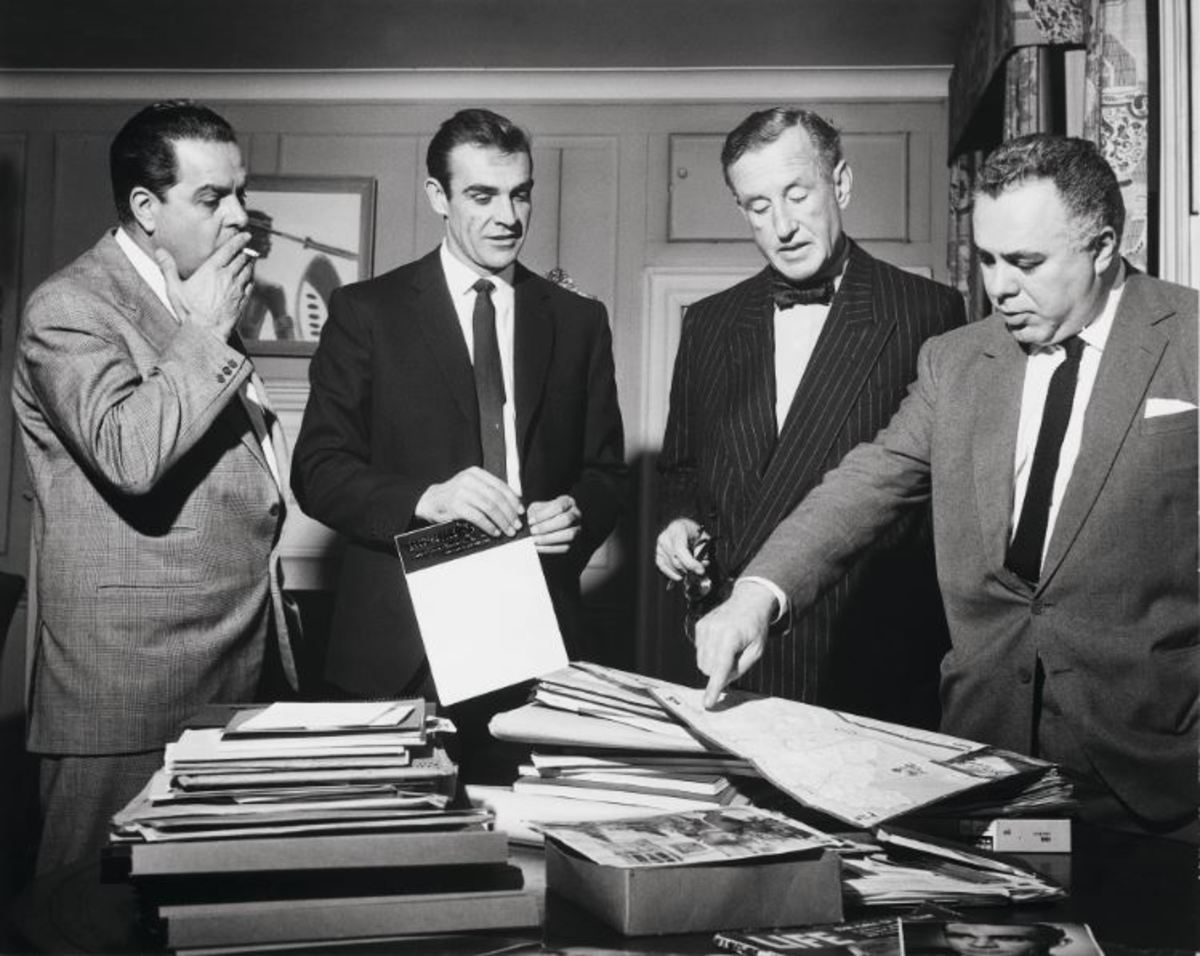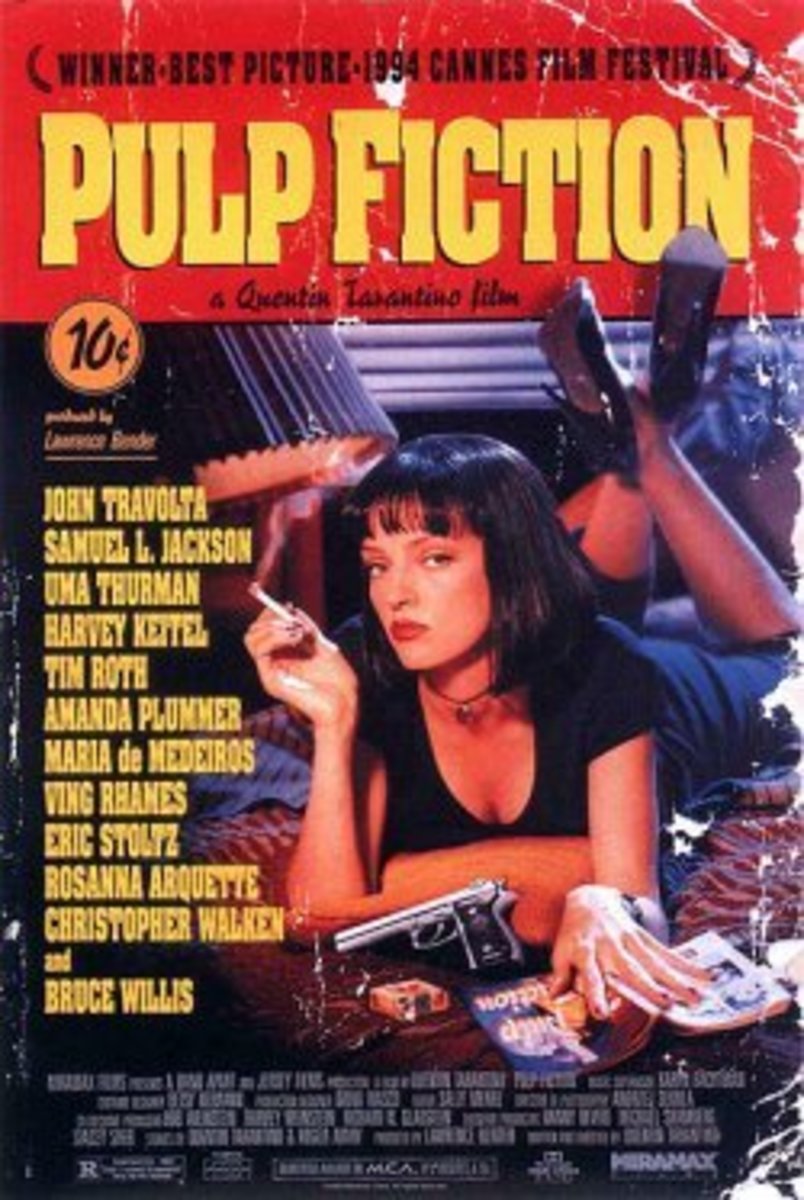Nine Famous Hollywood Myths Debunked

Nine Myths Debunked
Rumors and urban legends are a common thing in modern society. They can turn up anywhere, including in tinsel town. Hollywood has, in fact, given way to some of the most persistent and bizarre rumors you’re likely to hear.
I present you now with nine popular, and oft-repeated urban legends of Hollywood.
Myth # 1: A Munchkin’s suicide was caught on film in “the Wizard of Oz”. One of the longest standing and persistent rumors from tinsel town is the notorious Munchkin suicide story. For decades, many have insisted that one of the Munchkin actors committed suicide during the filming of the Wizard of Oz and his death was caught on camera, unnoticed by the director, editors and everyone else, and still remains there to be seen today.
The origin of this myth comes from the scene where Dorothy and the Scarecrow first meet the Tin Woodsman. The Tin Man sings “If I only had a heart,” then the wicked witch shows up to warn him and the Scarecrow not to “help the little lady along”, but they decide to stick with her regardless. Arm-in-arm, they skip down the yellow-brick road singing, “We’re off to see the wizard”. As they skip away from the camera, in the far left-hand side of the screen, you can see something moving in the shadows, among the fake trees.
From far away and viewed quickly, it looks like a small figure, moving around strangely, and then spreading his/her arms Christ-like, and finally falling to the side, out of sight.
This hard-to-see figure has long fueled rumors of a depressed little person (one of the Munchkin actors) killing himself. Some of the rumors have it that he was love-lorn and killed himself over a female Munchkin actress. Other rumors have it that he frustrated by the typecasting of roles his small stature limited him to.
The truth, however, is much brighter than the dark suicide story. Looking at the scene in slow motion and with enhanced clarity (thanks modern technology) we see that it is not a man but a large bird! As viewers of the Wizard of Oz know, many large, exotic-looking birds are seen wandering around the landscape of Oz throughout the picture. The studio flew in dozens of large, exotic birds, like peacocks, to make Oz seem more visually interesting. It is one of these large birds, spreading its wings in the background, which is caught on camera. (Don’t ask me the species.)
Seriously, the idea that the director and the hundreds of other people involved in filming a movie wouldn’t have noticed an on-camera suicide is pretty crazy.
Myth # 2: A Ghost child is seen in the background of “Three Men and a Baby”. This is another of those depressing urban legends that spring up from nowhere. The rumor comes from the scene in Three Men and a Baby, when the character of Jack Holden (Ted Danson) is talking to his mom Celeste Holmes, and they are walking through the house Jack and the other two ‘men’ of the title share. As momma stops to play with the baby, in the background, a small, out-of-focus figure can be glimpsed standing near the window, between the curtains on the left side screen. On film, it looks like it could be a child or a very small person.
From this scene came the rumor of the Ghost Child. The myth goes that a Child was killed in the house where the scene was filmed. Some rumors have it that it was a suicide, while others say it was murder! Supposedly, the ghost child had been haunting the house for years.
Guess what? It wasn’t a real house they used for the film. It was a sound stage. No one ever lived there, and there was no suicide or murder on the site. So what was the blurry image in the background?
Actually, it was a card-board cutout of the Holden character (Danson) himself, left standing by the window. The cut-out was part of a subplot that was mostly edited from the movie, regarding a dog food commercial where the cut-out of Holden would be used. A better look at the same cut-out can be seen later in the film, when the baby’s mother comes to reclaim her child. Danson can be seen standing next to it.
Myth # 3: Actress Shirley Eaton died while filming “Goldfinger”. I wonder how Shirley Eaton feels about this one? In the film Goldfinger, Eaton’s character Jill Masterson is killed by the evil Goldfinger, who covers her body completely with gold paint, so that she dies of ‘skin suffocation’. Ever since that scene, rumors have flown that Shirley Eaton actually died making the film, from the same ‘skin suffocation’ that killed her character.
Of course, there is really no such thing as ‘skin suffocation’. (It was believed at the time that people partially breathed through their skin.) It’s true that if your body was completely covered for a period of time you could die from being unable to perspire, but not from suffocation. And don’t worry about Shirley Eaton. She is a Grandmother of three, living today in England.
Myth # 4: The word SEX can be seen in the background of “the Lion King”. This one is actually a little closer to the mark than most Hollywood myths, but it’s still untrue. The story goes that in one scene of the Lion King, as Simba lays down to sleep, and you see a dust cloud swirl in the sky in the background, and the clouds form the word “Sex” for a brief moment, if you freeze-frame at the proper moment.
Well, close but not quite. A gag was put into the film by the animators, and the letters SFX (meaning Special Effects) are momentarily visible. Some eagle-eyed viewers have spotted the letters and thought it read “S-E-X”. So this myth has some logic to it, but it’s still just a myth.
Myth # 5: There is an alternate ending to “King Kong vs. Godzilla”. This is one of the few movie myths that I personally used to believe before I realized it was all hooey! As any monster movie fan can tell you, at the conclusion of the campy Japanese Kaiju Eiga (“Giant Monster”) cult classic, King Kong vs. Godzilla, the big American ape emerges victorious. After Kong and Godzilla fall into the sea during their titanic struggle, only Kong rises, roaring triumphantly and swimming off for home, having bested the big reptile from Japan.
This ending has infuriated fans of the Big-G for 50 years. In fact, it’s made generations of Godzilla-philes so mad that the rumor of an alternate ending has persisted for decades. The myth goes that Kong only wins in the English-dubbed version (the one they show in the US and England) but in the Japanese version, it is Godzilla who rises from the sea, having vanquished his simian opponent.
Not true! (Much to my surprise, I might add.) The long-held belief in an alternate ending is totally fictitious, having been spread by word-of-mouth. To this day, despite no footage of the supposed alternate ending ever being seen by anyone, fans of Godzilla still insist that somewhere there is an alternate ending where Godzilla reigns supreme. And some of them will get very angry if you say different!
Myth # 6: Charles Manson created a movie genre called “Snuff films” where people really die on film. This is another of those creepy myths (Why are so many of them so gruesome?) This rumor comes from Ed Sanders 1971 book “The Family”. It alleges that the Manson family filmed some of their early murders and produced them as films to sell for profit. The term “snuff” is (or was) used as slang for killing, hence the term, “snuff film”. Then came a low-budget exploitation film called Snuff in 1976, which proclaimed itself to be composed of actual footage of real murders being committed. This film cemented the belief in the “snuff film” genre. Many people today believe that such a genre has existed for decades.
Well, don’t worry. Not one “snuff film” has ever been found to substantiate the claim of such a genre. Sanders offered no proof in his book. And the film Snuff was a fraud. It used the same gimmick the Blair Witch Project would later use to advertise itself as a true story. But it was just a work of fiction, and the on-screen deaths are clearly phony.
Myth # 7: The Texas Chainsaw Massacre is based on a True Story. Horror film fans have held onto this sacred cow of the cinema for years, refusing to believe the naysayers. Many slasher-film fanatics believe that the deformed and deranged family from the 1974 cult favorite The Texas Chainsaw Massacre actually existed and did the deeds depicted in the film. But sadly for them, the facts don’t hold water.
For decades, many people--including criminologists and film historians—have tried to find any semblance of truth behind the supposed chainsaw killings depicted in the film, but no facts have ever been discovered to lend credence to the rumor. Toby Hooper and the people behind the Texas Chainsaw Massacre simply realized that they could increase their sales by marketing the film as being “based on true events”.
Myth # 8: There is an up-skirt shot of Jessica Rabbit’s private regions in “Who Framed Roger Rabbit?” What kind of a perverted mind thinks of these things, anyway? There’s a scene in Who Framed Roger Rabbit? where Eddie Valiant (Bob Hoskins) and Jessica Rabbit are driving along in Benny the talking cab, but they are intercepted by evil Judge Doom (Christopher Lloyd) who uses “the dip” to make the cab crash. Eddie and Jessica are sent sailing through the air and land with a thump on the side of the road.
The pervy rumor, which has become all-too-commonly believed, is that if you freeze the scene at the right moment, just as Jessica comes down, you can see her fully animated private parts from under her skirt.
No surprise here—it’s not true! Disney Studios and Amblin Entertainment would never allow an animated vagina on screen, no matter how briefly. I don’t care where you freeze-frame the scene; you will not see an up-skirt shot of Jessica. What horny loser started that rumor?
Myth # 9: A Stuntman was killed on film in “Ben Hur". Here’s another of those grim myths. With so many dangerous stunts having been done during the legendary chariot race in Ben Hurr, it would not be too surprising to hear that a stuntman was killed, but it is strange to believe that the death was left in the final version of the film. Yet that rumor has persisted for a long, long time.
The myth is that the gruesome death of Steven Boyd’s character Messala during the chariot race, which was choreographed by legendary stuntman Yakima Canutt, really resulted in the death of the stuntman and that director William Wyler decided to use the footage.
It doesn’t take a genius to realize that a director would not use real footage of a stuntman being killed in the final cut of his movie. Also, no stuntmen actually died while filming Ben Hurr. The convincing death of Messala, who gets run over during the race, was achieved with the use of a very realistic-looking dummy—not a real stuntman.
**
So there you have it…Nine infamous movie myths that you don’t have to fall for if anyone ever tells you that any of these silly stories are actually true.



